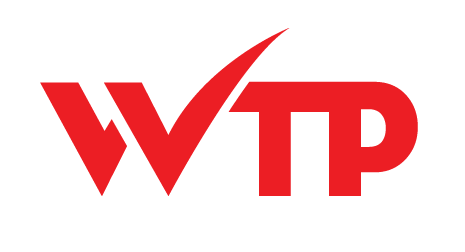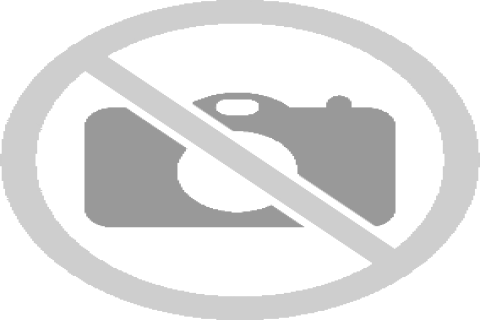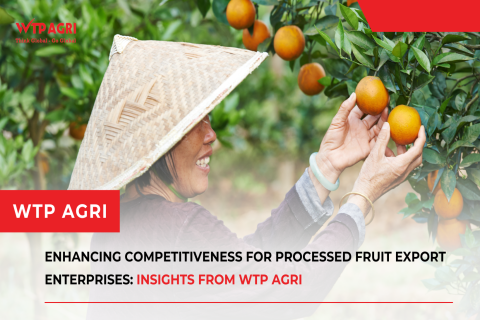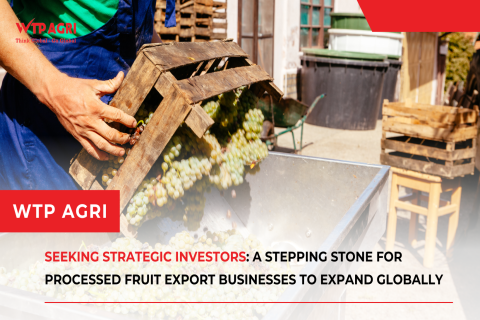The Production Process of Vietnam Aloe Vera Jelly Manufacturer
The creation of Aloe Vera Jelly by a dedicated manufacturer that embodies excellence and nature's bounty. Follow WTPAgri to learn about the production process of aloe vera jelly manufacturer through the following article!
The Production Process of Aloe Vera Jelly Manufacturer
Finding the Finest Aloe Vera
The journey of the production process begins with the careful selection of the finest Aloe Vera leaves. Our experienced cultivators handpick each leaf, ensuring they are mature and rich in the succulent gel that holds the plant's remarkable benefits. Sourced from organic farms or trusted local growers, these leaves are a testament to our commitment to quality.
The standard length for harvesting of aloe vera is about 50 cm. In particular, harvesting at the time after it rains is the best. This helps the leaves stretch and produce better sap streams.
Selecting and Classificating
This is an important step in the production process of aloe vera products. Therefore, aloe vera must be selected carefully. The selected aloe vera plants must be fresh aloe vera plants, reaching technical maturity, free from pests, and not crushed. During harvesting, the succulent sheaths of aloe vera weigh 0.5 - 1 kg. Aloe vera is brought to processing plants where it is inspected, washed, and pruned.
Washing and peeling
The process of washing aloe vera is done through many stages and either manually or using a washing machine. After that, cut the shell by hand with a sharp knife and wash aloe vera again.
Aloe vera gel after washing is cut into small pieces with the size of about 1.3 cm x 1.3 cm so that after the steaming process, the size of the jelly can be reduced to 1 cm x 1 cm as desired.
Fast Boiling
The purpose of this process is to expel the gas in the intercellular space of the material, increasing the permeability of the cell. In addition, the quick boiling process is mainly intended to remove the viscosity of the aloe vera piece. We proceed to boil at 85*C for 10 minutes. The quick boiling process also makes the jelly more crispy.
Placing in a jar and pouring the syrup
The pieces of aloe vera are placed in the lo, aloe vera jelly accounts for about 70% of the volume of the jar.
After the pieces of aloe vera gel have been placed in the jar, we proceed to pour hot (at 85*C) a mixture of: pineapple juice (or can be other types of water such as apple juice, lychee juice, passion fruit juice), syrup, citric acid has been heated. Pouring this hot liquid also has the effect of expelling the air in the process of processing. The poured solution has a sugar concentration of about 30%, citric acid is about 0.12% of the pouring liquid. At the same time, the preservative is sodium benzoate 0.1% solution.
.png)
Closing the lid and pasteurizing
Capping is an important process to make the product completely isolated from the outside atmosphere and microorganisms. Has a very important effect on the shelf life and product quality
The product obtained has a relatively low pH (pH < 4), so pasteurization at t* = 90*C for 30 minutes
Cooling down and insulating
After pasteurization, the product is rapidly cooled down to room temperature for about 10 minutes under running water.
Insulation time is not less than 15 days at a temperature of 30 - 35*C. If it is found that the spoilage rate exceeds the permissible level, it is necessary to review the processing process. At the same time, for the production of aloe vera jelly, it takes a while for the jelly to have a sweet taste of the sugar solution because aloe vera has a very difficult taste.
Aloe Vera Jelly Product
The product has a harmonious sweet and sour taste, crispy jelly pieces, and the smell of added fruit juices. Other indicators:
- Microbiological criteria:
Mold < 10 CFU/g
Yeast < 10 CFU/g
Pathogenic microorganisms: none
- Chemical parameters:
pH ~ 3.9
Sugar concentration is about 15%
Pesticide residue: must not be in the product
- Sensory
Light/clear color
Mild/characteristic smell
Potential for developing production of aloe vera products in Vietnam
Recently, many localities have become the main source of aloe vera for aloe vera manufacturers. Aloe vera is expected to boost production for export to the international market. Thanks to that, production technology is invested in all stages. For the aloe vera preliminary processing system, the company uses a material washing line system designed with a capacity of 15 tons - 20 tons of leaves/hour. In addition, many manufacturers also invest in automatic aloe vera peeling systems to completely accurately remove the green part of the peel, while not breaking the jelly leaves, causing waste of raw materials. In the future, Vietnam aloe vera promises to be imported in many fastidious countries around the world.
Trusted cooperation for the future of Vietnam's aloe vera industry
WTPAgri is proud to be the leading supplier of aloe vera in Vietnam. Coming to WTPAgri, we prioritize choosing manufacturers that meet international standards to ensure the quality of aloe vera products. Setting the "Customer-centric" strategy, WTPAgri ensures to meet all wishes, bringing absolute trust to customers. Let's build a prosperous partnership together, exploiting the advantages of Vietnam's aloe vera industry for mutual development.
In conclusion, the production process of Vietnam Aloe Vera Jelly Manufacturer is a harmonious blend of nature's finest offerings and cutting-edge innovation. From the vibrant fields where Aloe Vera thrives to our state-of-the-art facility, every step is a testament to our passion for excellence. Consider WTPAgri a reputable partner that you can trust. Contact WTPAgri to start this perfect partnership journey!
Contact our team at agri.crm@wtp.vn or call us at +84971279099. And remember that we can also provide tailored service if you need it.
News Related
- Dried Fruits Import: Attractive Business Opportunity for International Businesses
- 5 delicious and refreshing nata de coco drink recipes
- A step forward in bilateral cooperation between Vietnam - the United States
- Advantages of shifting the fruit juice supply chain to Vietnam
- Aloe Vera Juice – Manufacturer and Supplier

 Vietnamese
Vietnamese  Korean
Korean Japanese
Japanese Chinese
Chinese


